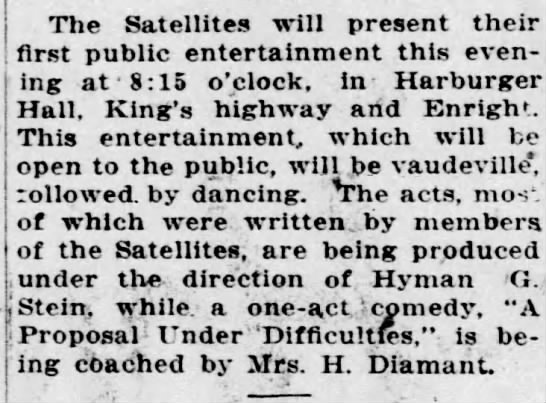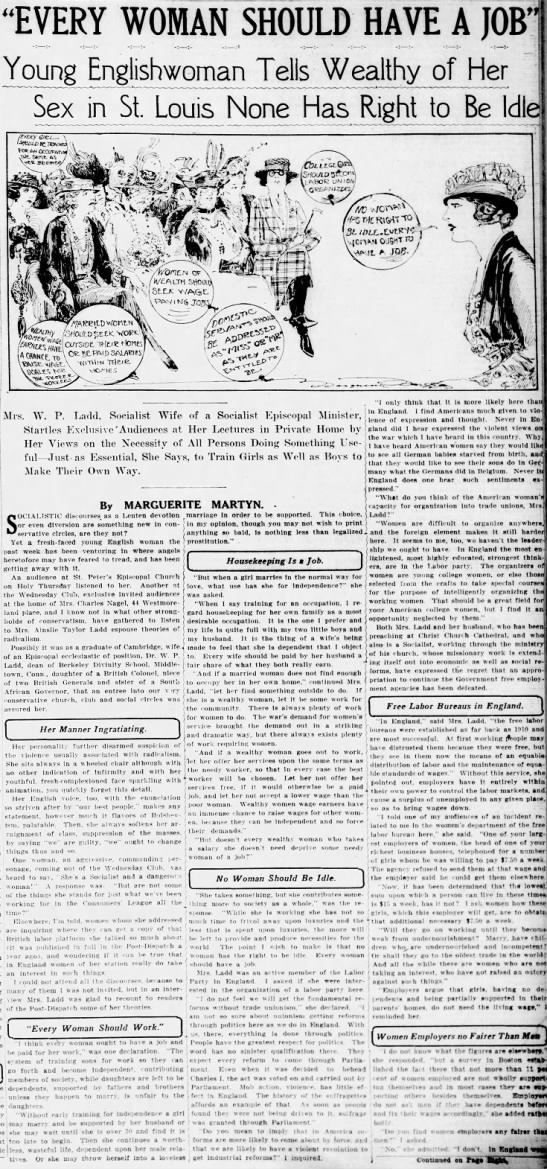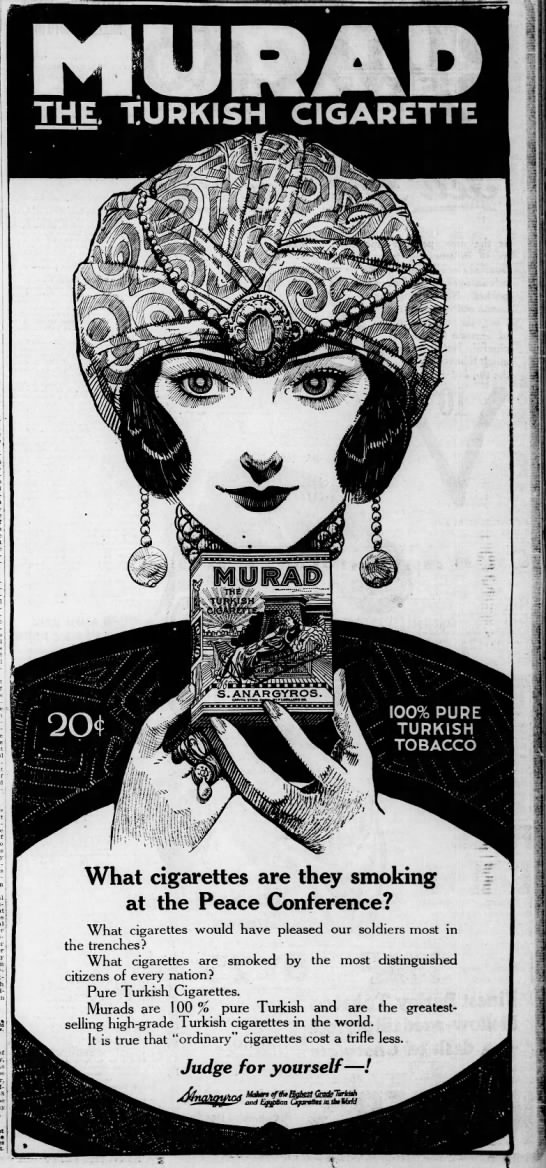The novel begins slow, and well, is actually boring, the narrative voice telling how he and his wife are getting ready to meet another couple at an upscale restaurant. They are not looking forward to it.
We learn that the other couple is the narrator's brother and sister-in-law, and the brother is going to run for Prime Minister. The brothers have a strained history and relationship. The narrator had a 'meltdown' in the classroom when he was teaching and was on medication.
There is a scene before the dinner where the narrator looks at his son's cell phone and is not pleased with what he discovers.
How would this evening, our dinner at the restaurant, have proceeded, had I indeed quit right then and there? from The Dinner by Herman Koch
There is a lot of description of the meal and the staff and how the sister-in-law is wearing dark glasses to hide that she has been crying.
And when we discover what it is that brought these parents together, you may wish you were not reading this book. It's too late--you have to keep turning pages. The crime is so horrendous! And the cover-up is even more disturbing.
The plotting is masterful.
But I wish I had not read this book!
Did I mention it is DISTURBING?
What would YOU do if your fifteen-year-old son had committed a crime? How far would YOU go to protect your child?
Would you rationalize your child's behavior? Hide the crime? Smooth the way without repercussions? Or make the child own up to his error, support their turning themselves over to the authorities? Would consider bribery or threats or violence? Or set a standard of morality and law?
Maybe we don't take that seriously enough...How young they are. To the outside world, they're suddenly adults, because they did something that we, as adults, consider a crime. But I feel that they've responded to it more like children. from The Dinner by Herman Koch
So be forewarned--you will encounter some nasty folk, and if you pick the book up, be prepared for a slow simmer that comes to a roiling boil!






































